Product bundles are a great way to sell more products and market products effectively online. Is your business making the most of bundling strategies? If not, you should consider that there are a number of different ways to bundle your products together and price them attractively. Different kinds of product bundles serve different purposes for your business and may appeal to many kinds of customers. Determining the right bundle pricing for eCommerce each one can get the most sales and profit from each bundle. Here are some different approaches to creating bundles and pricing them appropriately.
- Pure bundling
Pure bundling is when the items in a bundle are only sold together, not separately. This has the advantage of preventing customers from buying a single lower-priced item, but the downside is that they can’t compare prices and see that they are getting a discount for buying the bundle. However, this limits customers from comparing prices with other stores since there is no direct comparison between the bundle and a competitor who sells similar items individually.
- Mixed bundling
Mixed bundling lets customers buy a bundle or the individual items from the store. The bundle should always be priced at a discount of at least 10% to make buying the bundle more attractive. If there are advantages to shipping a bundle, this can also lead to discounted shipping.
- Sampler bundles
Sampler bundles are an extremely popular approach in eCommerce sales of foodstuffs, snacks, and personal care products. Customers can order a bundle containing all different flavors or varieties of a food or a full set of skin care products. This allows customers to try different products and see what they like. In this bundle, the pricing doesn’t need to be at a significant discount because the goal is to get customers interested. This is especially useful with digital-first eCommerce products that the customer has likely never tried before.
- Subscription bundles
Subscription services are hugely successful for eCommerce businesses. For paying a monthly subscription fee, customers get a delivery of products every month. Customers may choose the general theme of what products they get but the business curates what they receive. Curated subscriptions make up 55% of online subscription services, compared to only 32% for
replenishment’ subscriptions to order the same product again. Subscription services offer consistent monthly revenue and build customer loyalty.
5. Mystery bundles
Mystery product bundles offer a set of products without telling the customer exactly what variety they are receiving. This can overlap with curated subscriptions, but you can also sell mystery bundles directly in an eCommerce store. Mystery bundles are a great way to use up inventory that is otherwise going unsold. Often, some varieties of a product sell out much faster than others. This can work great with sports apparel, toys, and games. Customers may appreciate the excitement of not knowing what they will get. Generally these are sold at a discounted price to show the customer that they are getting a deal.
Read also: Make the Most out of eCommerce with Bundling Strategies
6.Special offer bundles
Bundle discounts don’t have to be offered to everyone. You can make them an exclusive offer to thank special customers or encourage a certain sales channel. For instance, offer an exclusive discount bundle to everyone who shops through your eCommerce mobile app.
7.Item + accessory bundles
Of course, bundles should be themed around items that fit well together or are bought often, to ensure that the potential sales from accessories and associated items go to your store instead of a competitor. Sell cell phones and mp3 players along with headphones, cases, and other accessories. Video game consoles are often bundled with the latest or most popular game.
8.Item + digital subscription service
This eCommerce product bundle will sell a physical product along with a digital service that goes with it. Examples include a music player with a Spotify subscription, or a product that comes with a proprietary service offered by the vendor. A discount or free trial period for the subscription service will encourage shoppers to buy them together.
9.Cross-category bundles
Similar to bundling accessories, sell items that go well together even across categories. For instance, sell a touchscreen device along with winter gloves that work with a touchscreen, or grooming supplies along with fashionable clothing. Don’t limit your bundles to the same category.
10.Family or group bundles
If two or more items might not be used by the same person, don’t overlook how they can be passed on to family or friends to try. You can bundle a toy for kids with items that a parent might buy for themselves, and a big discount might encourage them to buy the bundle.
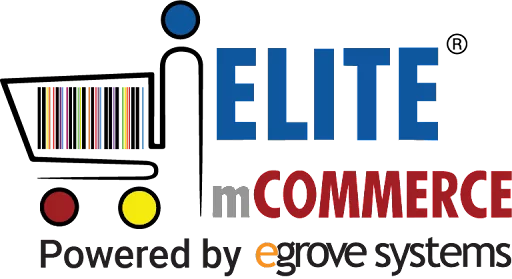
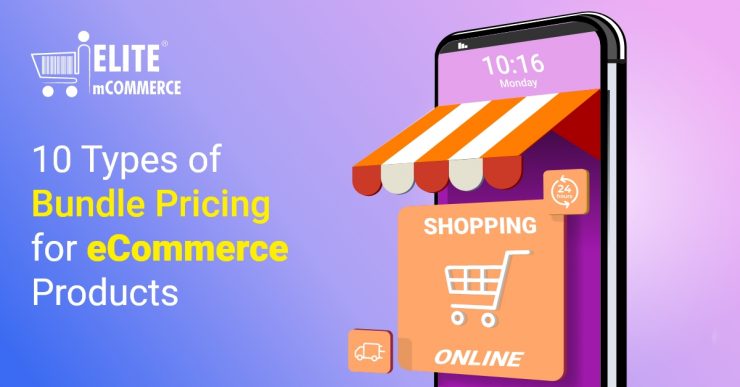



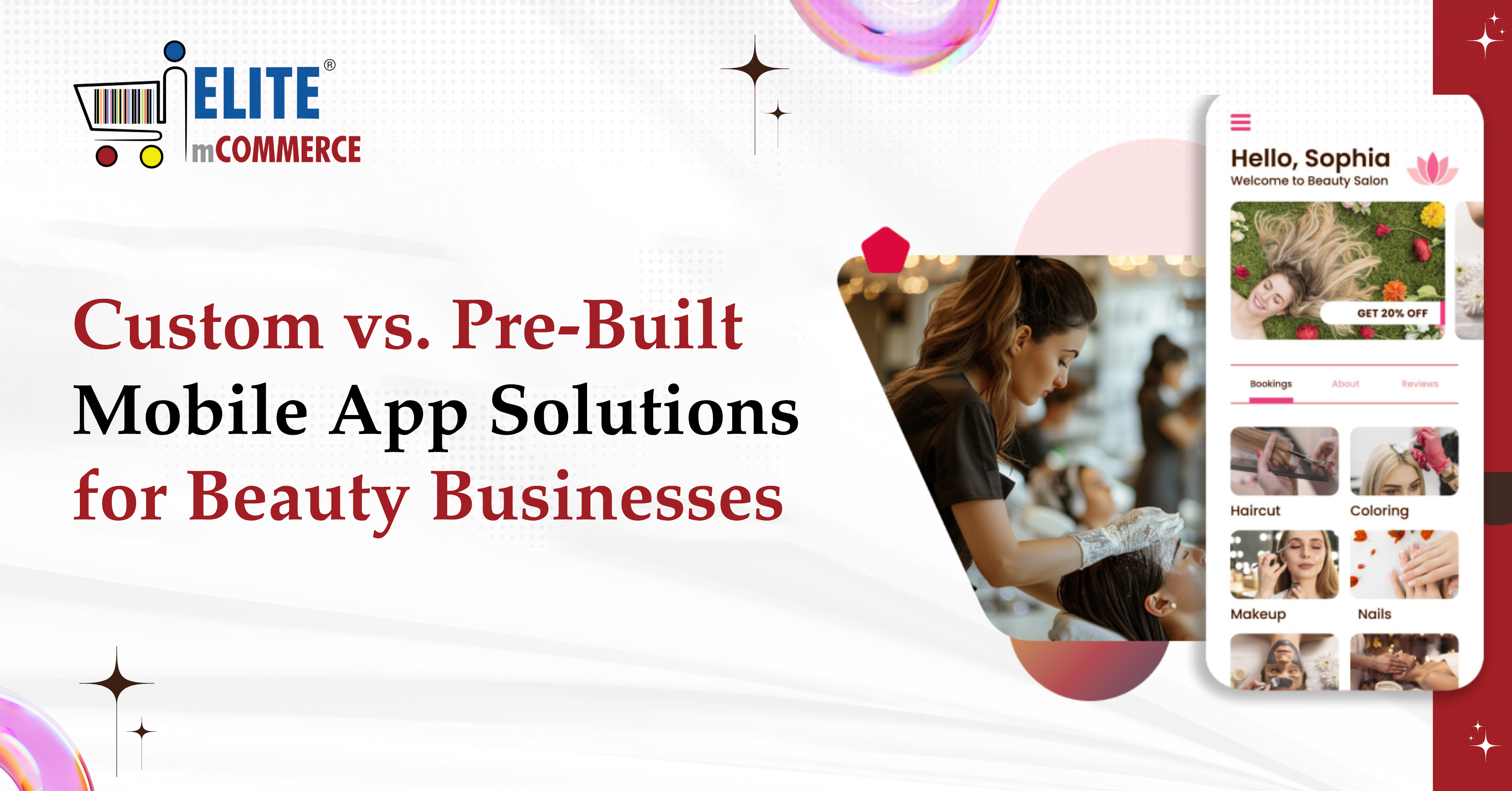
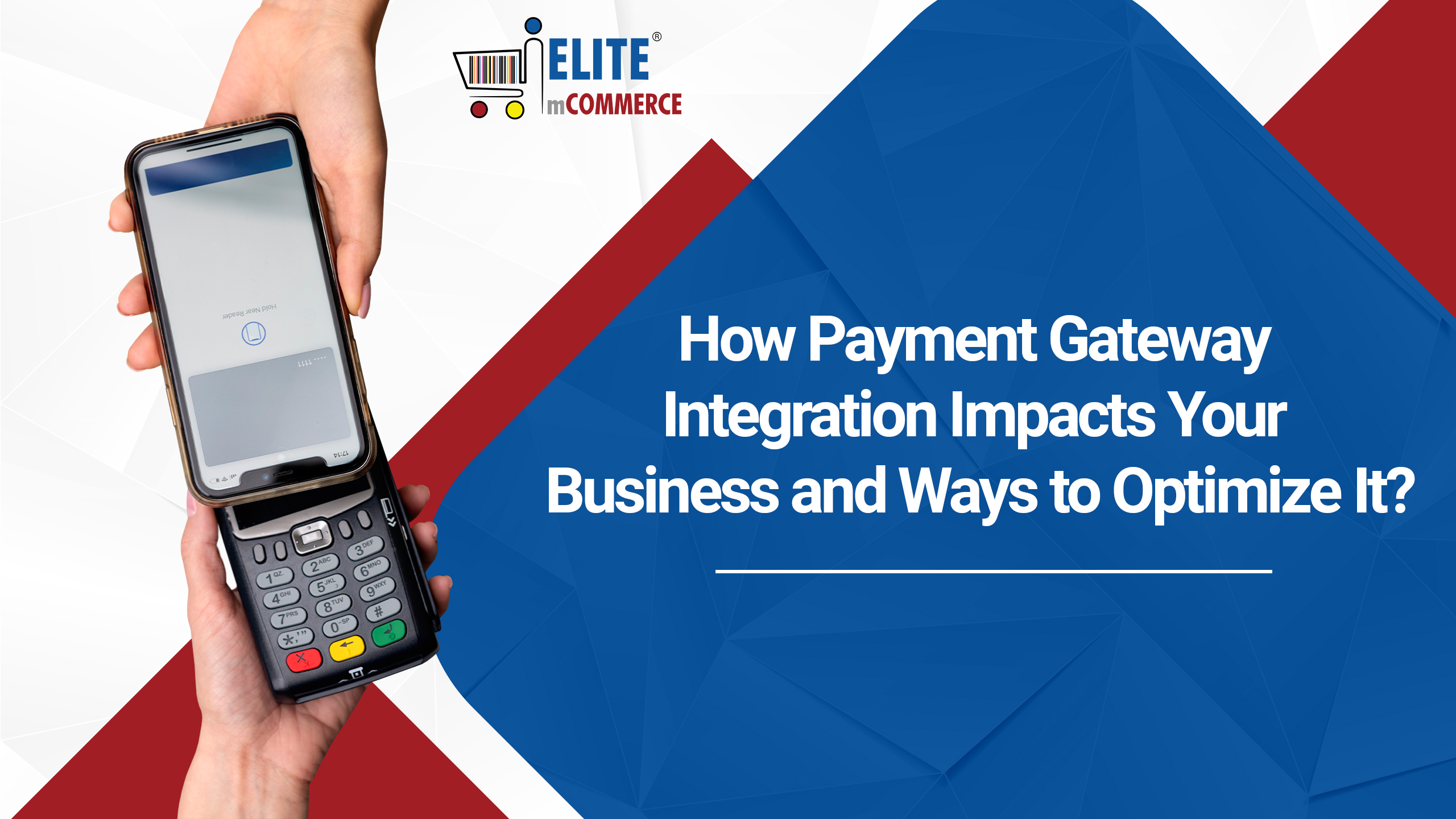
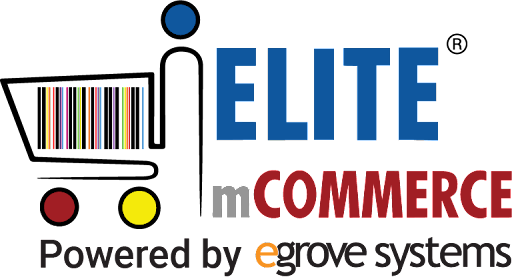
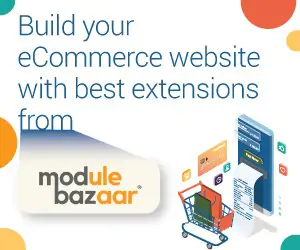
Add comment